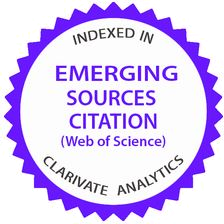Malaysian Journal of Mathematical Sciences, April 2019, Vol. 13(S)
Special Issue: 3rd International Conference on Mathematical Sciences and Statistics (ICMSS2018)
Respondent Driven Sampling Population Proportion Estimators
Bagheri, A. and Saadati, M.
Corresponding Email: [email protected]
Received date: -
Accepted date: -
Abstract:
Injection Drug Users (IDU) as hidden population and homeless, and children labor as rare populations are some of the well-known examples of elusive populations. The unknown size of these populations is the most important challenge of research in this area. Respondent Driven Sampling (RDS) is a useful chain referral sampling method which has been applying to estimate the proportion of these populations for the last two decades. These estimates are representative of the whole target population and studies showed that they are asymptotically unbiased and more applicable compared to the other chain referral sampling methods such as snowball sampling. The main aim of this article is to study the three most applicable population proportion estimators, RDS-I, RDS-II, and RDS-SS. To make RDS-I estimator, respondent�s degree and probability of selections should be considered. Hansen-Hurwitz estimator of respondents� degree is also used to
create RDS-II estimator. Moreover, by assuming known population size and substituting respondents �degree with simulated inclusion probability, RDS-SS estimator is calculated.
Keywords: Respondent Driven Sampling method, RDS-I estimator, RDSII estimator, RDS-SS estimator









